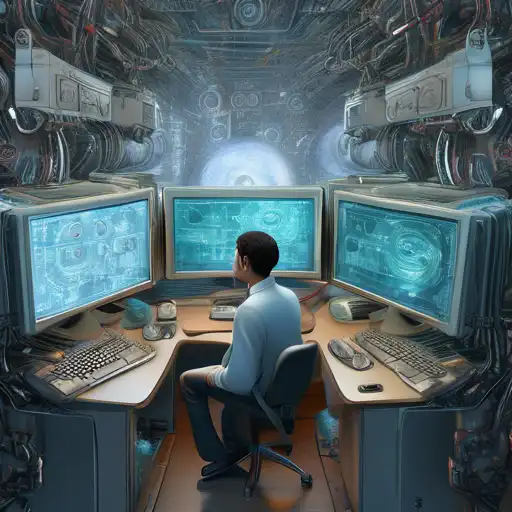Introduction to Computer Vision
Computer vision is a field of artificial intelligence that trains computers to interpret and understand the visual world. By digitally processing images and videos, machines can accurately identify and classify objects—and then react to what they "see."
The Science Behind Computer Vision
At its core, computer vision involves the automatic extraction, analysis, and understanding of useful information from a single image or a sequence of images. It combines techniques from machine learning, deep learning, and pattern recognition to process visual data at a scale beyond human capability.
Applications of Computer Vision
Computer vision has a wide range of applications across various industries. Here are some of the most impactful ones:
- Healthcare: From diagnosing diseases with medical imaging to assisting in surgeries.
- Automotive: Powering self-driving cars to navigate safely without human intervention.
- Retail: Enhancing customer experience through cashier-less stores and personalized shopping.
- Security: Improving surveillance systems with facial recognition and anomaly detection.
Challenges in Computer Vision
Despite its advancements, computer vision faces several challenges, including:
- Variability in lighting, angles, and occlusions in images.
- High computational costs for processing large datasets.
- Ensuring privacy and ethical use of visual data.
The Future of Computer Vision
The future of computer vision is incredibly promising, with ongoing research focused on making systems more accurate, efficient, and accessible. Innovations in AI and hardware are expected to overcome current limitations, opening up new possibilities for how machines interact with the visual world.
Conclusion
Computer vision is transforming how machines perceive and interact with their surroundings, offering unprecedented opportunities across industries. As technology continues to evolve, the potential applications of computer vision are only limited by our imagination.
